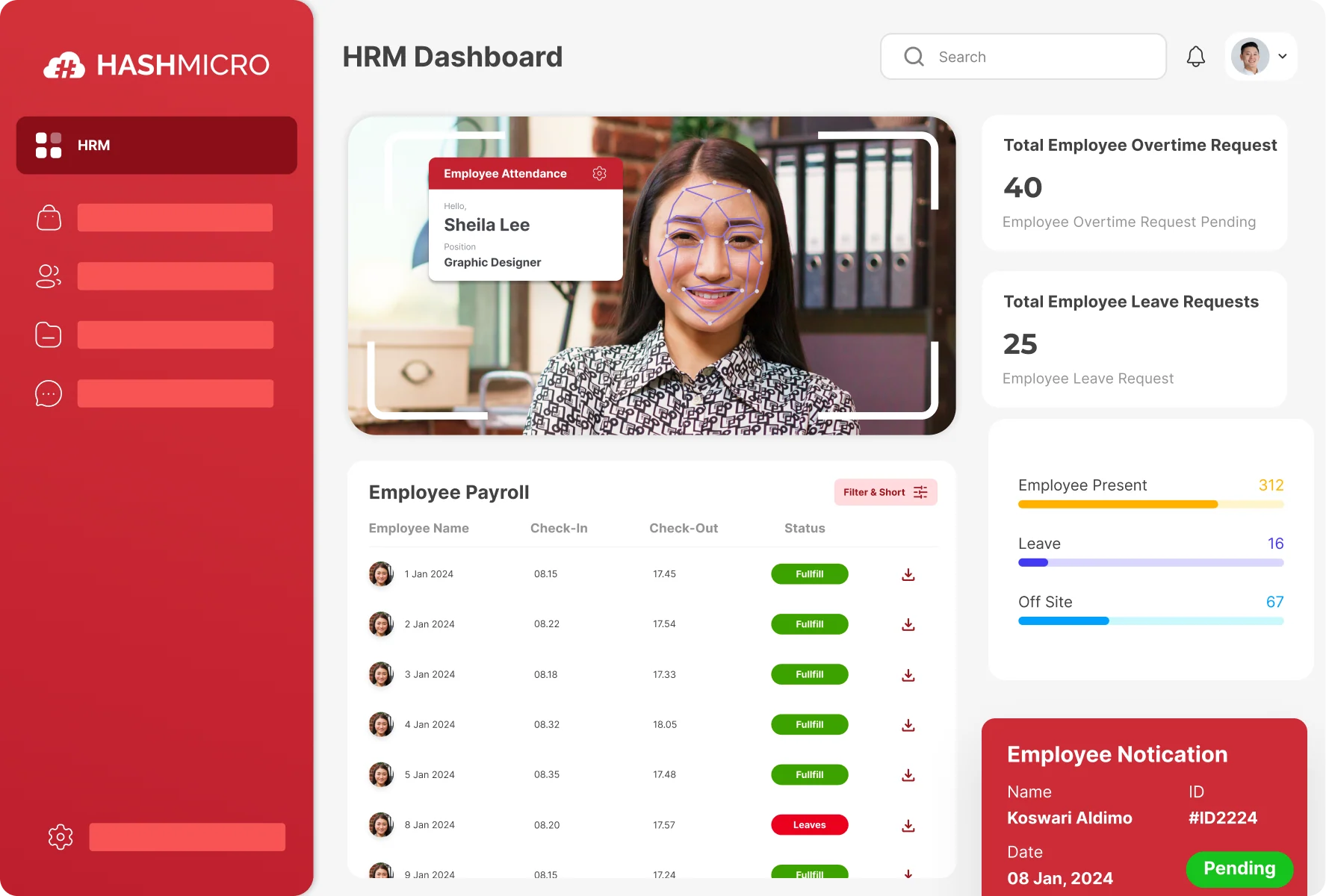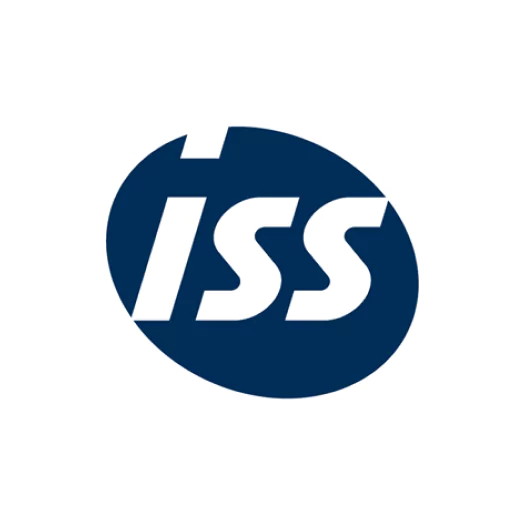Do you feel like your employees are simply clocking in and out? If so, you’re not alone. Many businesses face challenges in keeping employees motivated and fully engaged. This leads to missed opportunities and lowered team morale. Employee engagement is the foundation of a resilient business.
But how do you transform disengaged workers into enthusiastic contributors? The answers lie in understanding what engagement truly means and how to improve it. Read on to discover actionable strategies that will create a workplace culture that thrives.
Key Takeaways
|
Table of Contents
What Is Employee Engagement?

Employee engagement means how committed employees are to their work and the business’s success. It shows how much they care about contributing positively to company goals. Engaged employees align their personal goals with their workplace’s vision, creating a lively and productive culture.
Across the globe, engaged teams boost collaboration and spark innovation, leading to exceptional productivity. Creating a workplace where employees feel valued drives collective success in any culture or market.
Why Is Employee Engagement Important?
Engaged employees bring enthusiasm and dedication, leading to higher productivity and better performance. For example, a motivated team in a retail store goes the extra mile to assist customers, creating a welcoming experience. On the flip side, disengaged employees may avoid tasks, which may even result in a high turnover rate.
Imagine a hospitality business where engaged staff ensures guests’ needs are met promptly, encouraging repeat visits. However, disengagement could lead to long wait times, frustrated customers, and dwindling profits, which may even lead to your business being shut down!
Types of Employee Engagement
Employee engagement is about how much employees emotionally commit to their roles and company goals. This defines whether they passionately contribute or just do the bare minimum. Those types are:
- Highly Engaged Employees: These employees are enthusiastic and proactive, often exceeding expectations. They find creative ways to solve problems and motivate their peers, bringing positive energy to the team. Their dedication often drives innovation and long-term success.
- Moderately Engaged Employees: These workers perform adequately but lack the drive to go above and beyond. They meet deadlines and complete tasks but rarely take ownership or seek out additional responsibilities. With proper motivation and recognition, they have the potential to excel.
- Barely Engaged Employees: These employees only do the minimum required, often missing opportunities to grow and improve. Their limited contribution can create gaps in teamwork and affect overall efficiency.
- Disengaged Employees: Disengaged employees actively harm morale, productivity, and customer satisfaction. Their negative attitudes often spread across the workplace, causing a ripple effect that impacts team dynamics and business outcomes.
By understanding these types, you can craft tailored strategies to boost engagement at every level. When employees feel valued and motivated, they invest more in their work, which leads to better outcomes for the entire organization. Addressing specific engagement needs ensures a happier, more productive workplace.

Common Misconceptions About Employee Engagement

Employee engagement is not just about keeping employees happy or satisfied. Happiness may bring smiles, but true engagement goes deeper. It means employees are emotionally connected to their work, driven by purpose, and aligned with company goals.
Without emotional investment, even the happiest teams can fail to produce meaningful outcomes. This disconnect often leads to stagnation or missed opportunities, leaving businesses wondering why their efforts to create a cheerful environment don’t yield better results.
How to Measure Engagement Rate
Measuring employee engagement is essential to understanding how your workforce feels and performs. This ensures that businesses can create a work environment where employees thrive. Here are four effective ways to measure employee engagement and turn insights into action:
- Employee Engagement Surveys: These surveys provide a detailed look into workplace dynamics. They cover areas like job satisfaction, team collaboration, and leadership effectiveness. Businesses can uncover deeper insights and target improvements effectively through these surveys.
- Pulse Surveys: These short and frequent surveys are designed to capture real-time employee sentiments. They offer quick snapshots of engagement, making it easier to identify trends and address concerns before they escalate into bigger problems.
- Lifecycle Surveys: These surveys track employee engagement at different stages of their journey with the company. From onboarding to exit interviews, lifecycle surveys help pinpoint engagement highs and lows, offering clarity on what drives retention.
- One-on-One Check-Ins: Regular one-on-one conversations between managers and employees provide a personal touch. They create a space for honest feedback, helping leaders understand individual challenges and motivations better.
By combining these methods, businesses can get a holistic view of employee engagement. This empowers them to create timely, meaningful interventions and maintain a motivated workforce that drives success.
Strategies to Improve Employee Engagement
Improving employee engagement involves creating an environment where employees feel valued, motivated, and connected to their work. Here are practical strategies that businesses can use to enhance engagement effectively:
- Build trust in leadership through transparent communication. Regular updates and open forums encourage collaboration and strengthen employee confidence. When leaders communicate clearly, employees feel more secure and aligned with the company’s direction.
- Encourage employee feedback to foster inclusivity. Providing opportunities for employees to share ideas and concerns allows them to shape workplace improvements. This connection builds trust and makes employees feel their input matters.
- Leverage engagement tools like surveys and analytics platforms to gather insights. Tools that analyze feedback help businesses identify trends, address concerns, and implement targeted improvements. This ensures engagement strategies are based on real data.
- Align engagement initiatives with business goals and employee needs. Flexible work arrangements, recognition programs, and career development opportunities help create a shared sense of purpose. Regularly reviewing and updating these initiatives ensures they remain effective and relevant.
By implementing these strategies, businesses can foster a workplace culture that thrives. When employees feel engaged and motivated, they perform at their best, driving long-term success for the organization.
Challenges in Keeping Employees Engaged
Overcoming employee engagement challenges requires understanding and addressing the most common roadblocks. Here are three of the biggest challenges and how businesses can tackle them:
- The lack of clear objectives undermines engagement efforts. Generic programs that fail to consider workplace dynamics often lead to confusion and wasted resources. Businesses should set specific goals tailored to their unique culture and workforce needs.
- Poor follow-up on feedback erodes trust and motivation. When employees feel their voices are ignored, engagement levels plummet. Companies need to act on feedback promptly and transparently, showing employees that their input drives meaningful changes.
- Ineffective tools and strategies create unnecessary obstacles. Outdated or generic tools fail to provide actionable insights, making it difficult to address engagement issues. Investing in modern, data-driven platforms helps organizations identify trends and implement impactful solutions.
By addressing these challenges with targeted strategies, businesses can create a more connected and motivated workforce. Tailored approaches and consistent follow-through ensure that engagement efforts deliver lasting results.
Check Engagement Rate with HashMicro’s HRM System
 We know manually checking engagement would be an inefficiency of precious time and resources for you. That’s why we created an all-in-one HR software. HashMicro’s HRM System offers a powerful way to monitor and improve employee engagement effectively.
We know manually checking engagement would be an inefficiency of precious time and resources for you. That’s why we created an all-in-one HR software. HashMicro’s HRM System offers a powerful way to monitor and improve employee engagement effectively.
By leveraging its tools, businesses can stay connected to their workforce and address engagement challenges proactively. Here are some ways HashMicro’s HRM System could help your business achieve its target employee engagement:
- Built-in Engagement Checks: Measure engagement directly with built-in tools that provide a scoring system based on employee performance, improvement rate, engagement level, and overall well-being. These checks allow managers to customize what they want to evaluate, giving insights tailored to your business priorities.
- Face Recognition and GPS Attendance: Track employee attendance accurately using face recognition and GPS tools with built-in fake GPS detection. This ensures reliable data and highlights engagement through attendance patterns.
- Employee Development and Training Management: Plan employee development with built-in eLearning tools and training schedules. These features ensure skill growth and engagement through continuous learning opportunities.
- Competency Gap and Match Evaluation: Identify gaps in employee competencies and match them with roles that align with their strengths and career goals. This creates a sense of purpose and encourages commitment.
- Advanced Analytics Dashboards: Utilize real-time analytics to monitor engagement trends, performance metrics, and areas needing improvement. These dashboards help managers act promptly and effectively.
By utilizing these features, businesses can create a more engaged and motivated workforce. Using an HRM system software such as HashMicro’s HRM ensures employees feel valued and supported, driving better outcomes for teams and organizations alike.
Conclusion
Employee engagement shows how much employees care about their roles and contribute to the company’s success. Engaged employees align personal goals with organizational objectives, fostering productivity and innovation. Businesses can create strategies that resonate and drive meaningful outcomes by understanding engagement.
HashMicro’s HRM System offers tools to measure and improve engagement effectively. From real-time analytics to employee surveys, these features provide valuable insights for action. Try the free demo today and discover how HashMicro can transform your workplace into a hub of motivation and success.

Frequently Asked Questions
-
What are the 5 C’s of employee engagement?
The 5 C’s are: Connect, Career, Clarity, Convey, and Congratulate. These focus on fostering relationships, career growth, clear goals, open communication, and recognition.
-
What is the best description of employee engagement?
Employee engagement is the emotional commitment employees feel toward their organization and its goals. It drives motivation, productivity, and overall workplace satisfaction.
-
What are the 4 Ps of employee engagement?
The 4 Ps are: People, Purpose, Process, and Progress. They highlight the importance of relationships, shared goals, efficient workflows, and measurable growth in engagement efforts.




































